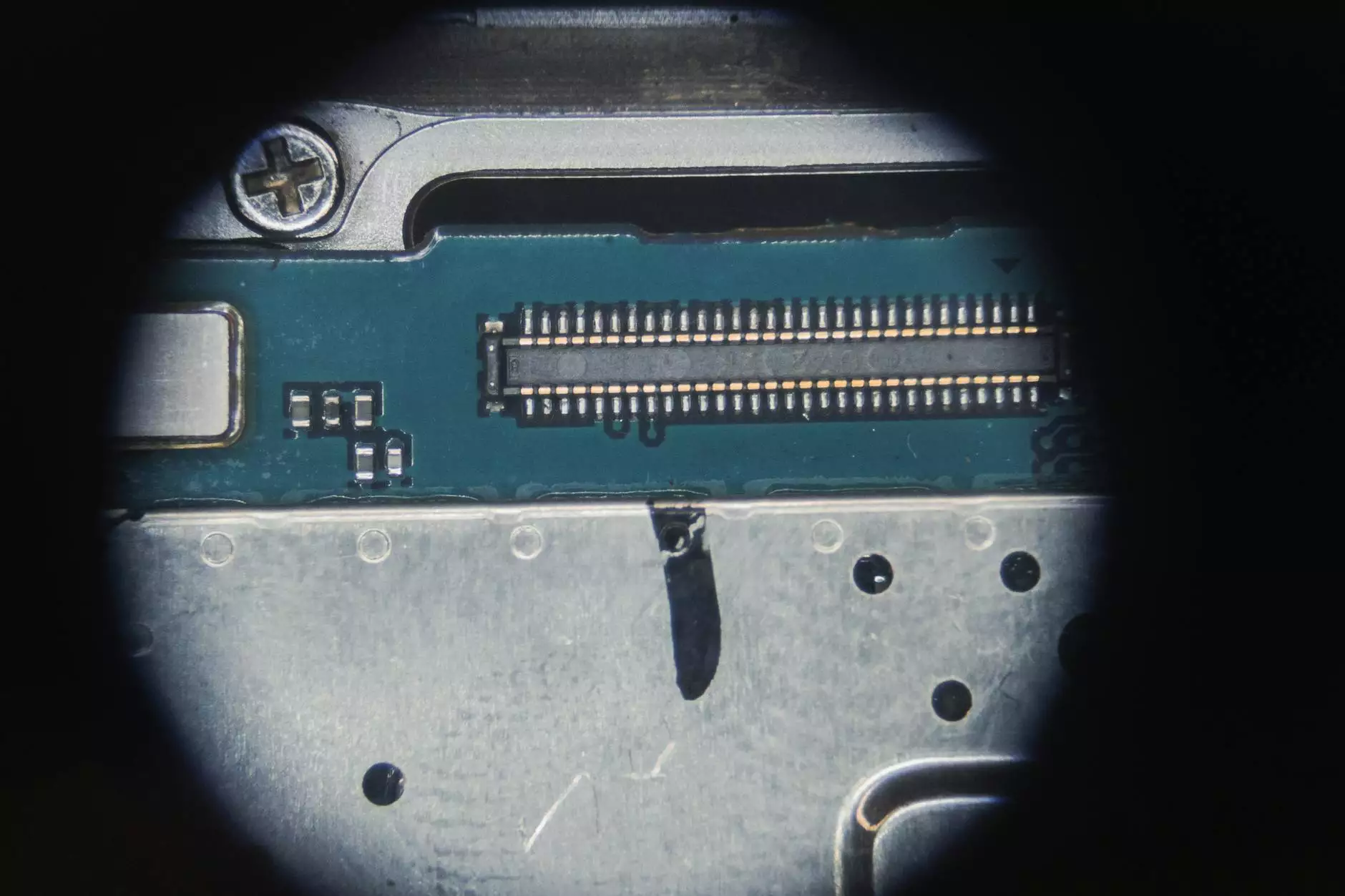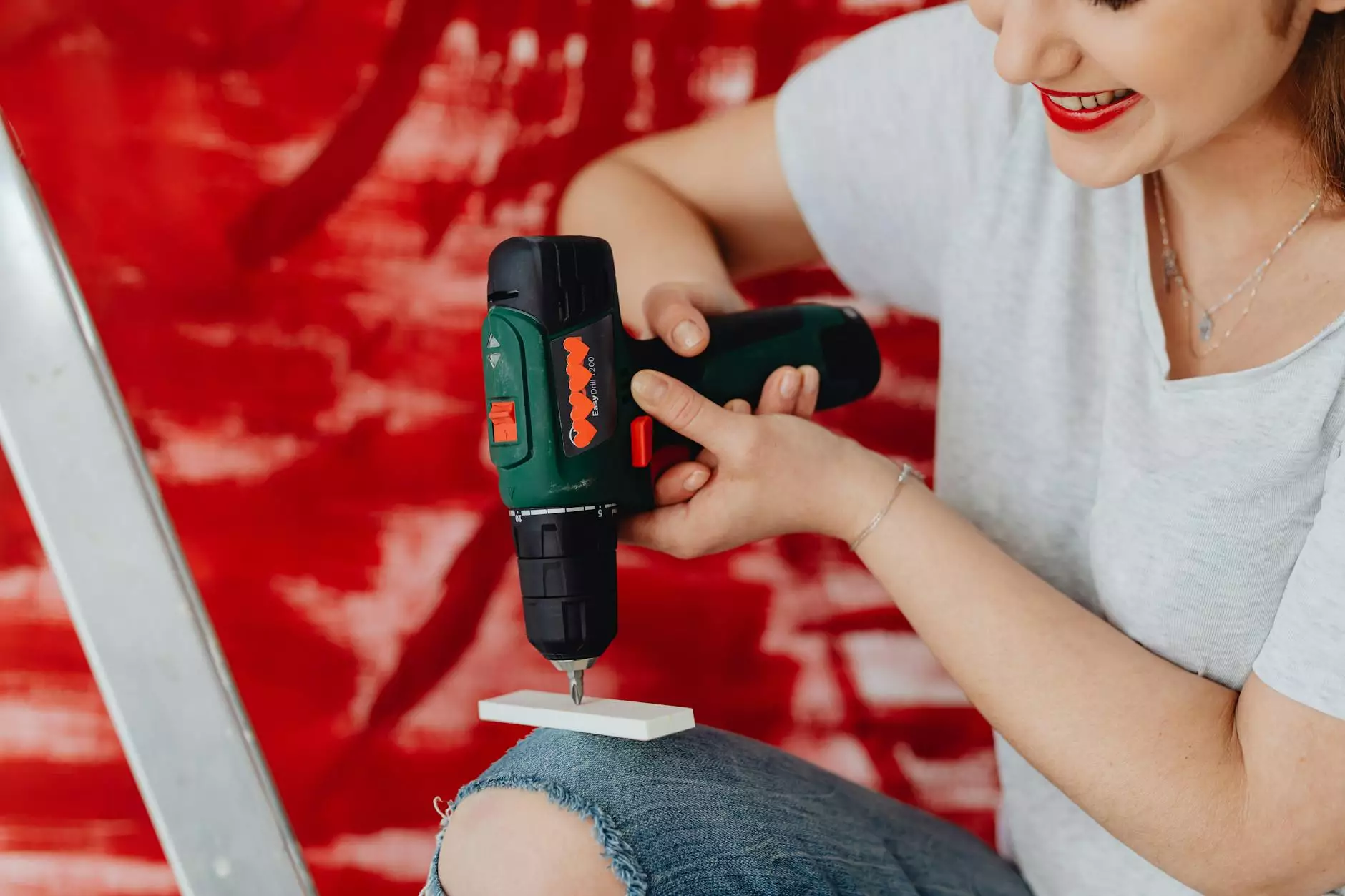Understanding Chronic Foot Pain: Causes and Treatments

Chronic foot pain is a common ailment that affects countless individuals, severely impacting their daily lives and overall well-being. If you are struggling with persistent discomfort in your feet, you are not alone. This extensive guide aims to provide you with valuable insights into the causes, symptoms, and effective treatment options available for those suffering from chronic foot pain.
What is Chronic Foot Pain?
Chronic foot pain is defined as any discomfort lasting for more than three months and can arise from a variety of factors including injuries, underlying health conditions, and repetitive stress. Whether it's aching arches, stabbing heel pain, or discomfort in the toes or ball of the foot, each type of pain carries its own implications for treatment and management.
Common Causes of Chronic Foot Pain
Understanding the root causes of chronic foot pain is essential for effective treatment. Below are some of the most common causes:
- Plantar Fasciitis: Inflammation of the plantar fascia, causing heel pain.
- Arthritis: Various types of arthritis can lead to joint pain and swelling.
- Tendinitis: Inflammation of the tendons in the foot, commonly affecting the Achilles tendon.
- Neuropathy: Damage to the peripheral nerves, often associated with diabetes, causing pain and sensitivity.
- Morton’s Neuroma: Thickening of tissue around a nerve leading to pain in the ball of the foot.
- Flat Feet or High Arches: Structural foot issues that can lead to uneven weight distribution and pain.
- Stress Fractures: Small cracks in the bones of the foot due to overuse or trauma.
Symptoms of Chronic Foot Pain
Individuals suffering from chronic foot pain may experience a variety of symptoms, including:
- Pain: Widespread ache, sharp pain, or throbbing sensations.
- Swelling: Accumulation of fluid in the foot area.
- Stiffness: Reduced range of motion or flexibility in the feet.
- Heat or redness: Indicating inflammation or infection.
- Fatigue: Increased tiredness in the feet after minimal activity.
Diagnosis of Chronic Foot Pain
Diagnosing chronic foot pain requires a comprehensive examination by a healthcare professional. Common diagnostic methods include:
- Physical Examination: A doctor will assess your foot’s structural integrity and range of motion.
- X-rays: Imaging tests to identify bone fractures or arthritis.
- MRIs or CT scans: Detailed images of soft tissues to diagnose conditions like tendon tears.
- Electromyography (EMG): Tests that assess nerve function and muscle response.
Effective Chronic Foot Pain Treatment Options
Once a diagnosis has been established, treatment can begin. Here, we explore a range of chronic foot pain treatment strategies that can help alleviate symptoms and improve functionality:
Conservative Treatments
For many individuals, non-invasive treatments are sufficient to manage chronic foot pain:
- Rest and Ice: Taking a break from activities and applying ice can minimize swelling and irritation.
- Physical Therapy: Strengthening and stretching exercises under the guidance of a physical therapist can enhance mobility and reduce pain.
- Footwear Modifications: Wearing supportive shoes that fit well can significantly alleviate discomfort.
- Orthotic Inserts: Custom foot orthotics can help distribute weight evenly and reduce pressure on painful areas.
- Activity Modifications: Adjusting your activities to lower impact exercises can help prevent exacerbation of pain.
Medications
Over-the-counter or prescribed medications can play a crucial role in managing pain:
- NSAIDs: Non-steroidal anti-inflammatory drugs help reduce inflammation and pain.
- Corticosteroids: Injection therapy may provide significant relief for localized inflamed areas.
- Topical Pain Relievers: Creams or gels may be applied directly to the painful area for localized relief.
Advanced Treatments
If conservative methods fail to provide relief, more advanced options may be necessary:
- Platelet-Rich Plasma (PRP) Therapy: Involves injecting concentrations of platelets to promote healing in damaged tissues.
- Shockwave Therapy: A non-invasive technique that uses acoustic waves to stimulate healing in chronic injuries.
- Surgical Options: In severe cases, surgical intervention may be required to correct structural issues or remove painful growths.
Self-Care Tips to Alleviate Chronic Foot Pain
In addition to professional treatment, incorporating self-care strategies can enhance your recovery experience:
- Maintain a Healthy Weight: Reducing weight decreases the stress on your feet.
- Stay Active: Engage in low-impact activities like swimming or cycling to keep the body moving without stressing the feet.
- Practice Foot Hygiene: Keeping your feet clean and dry can prevent infections.
- Stretch Regularly: Stretching can improve flexibility and alleviate tension in the muscles and ligaments of the foot.
Conclusion: Taking Control of Chronic Foot Pain
Dealing with chronic foot pain can feel daunting, but understanding its causes and exploring effective treatments is paramount. Whether the solution lies in conservative methods, medication, or advanced procedures, prioritizing your foot health is key. As treatment evolves, it’s essential to work closely with healthcare professionals who can provide personalized recommendations tailored to your specific condition.
At Star Medical, we are dedicated to helping individuals navigate their healing journeys and reclaim their active lifestyles. For personalized consultation and tailored treatment options, visit us today!
Contact Us
If you are seeking chronic foot pain treatment or have further questions regarding our services in the health and medical field, please contact us at Star Medical.
Address: Your Address, City, State, Zip Phone: Your Phone Number Website: starmedical.com.au









